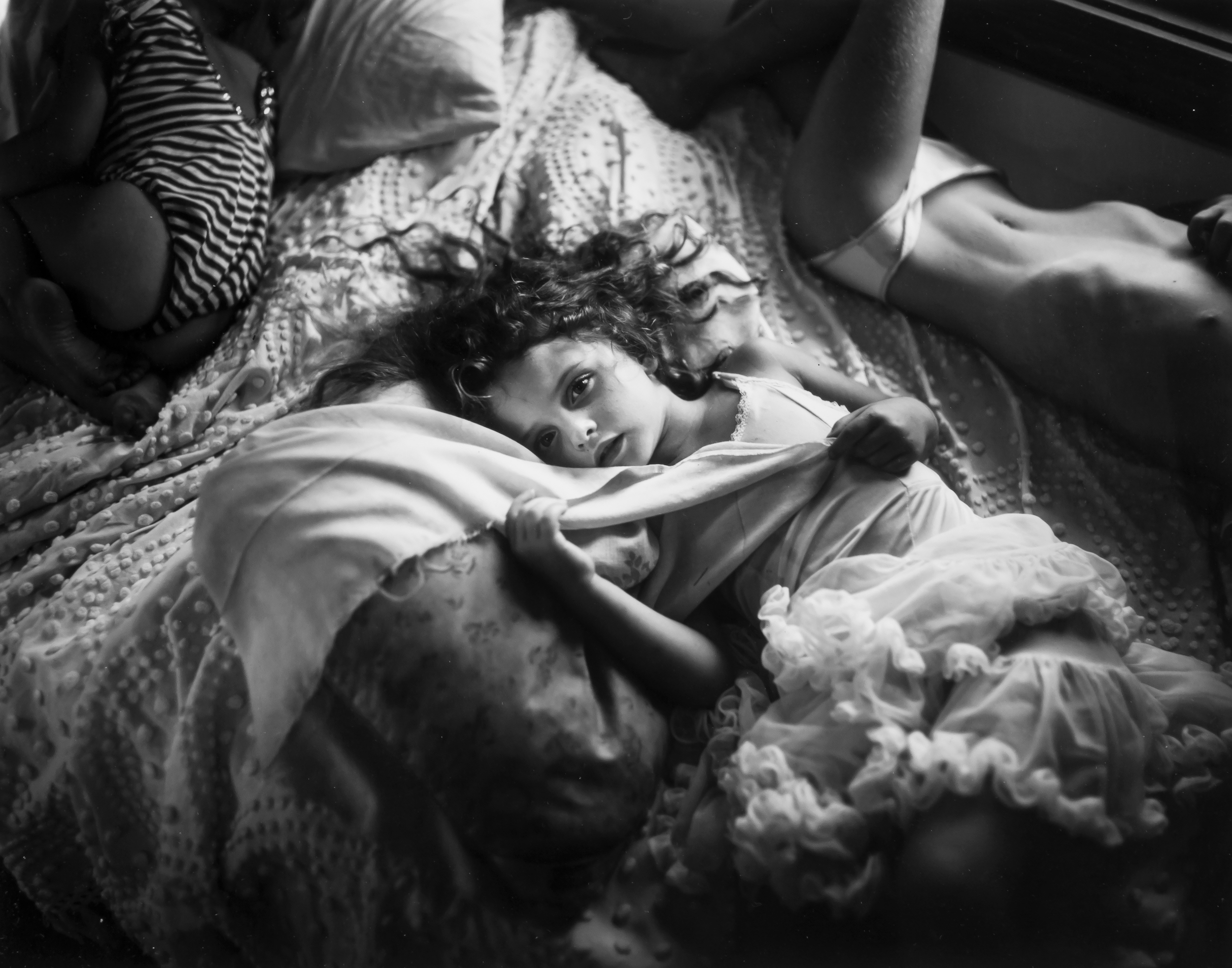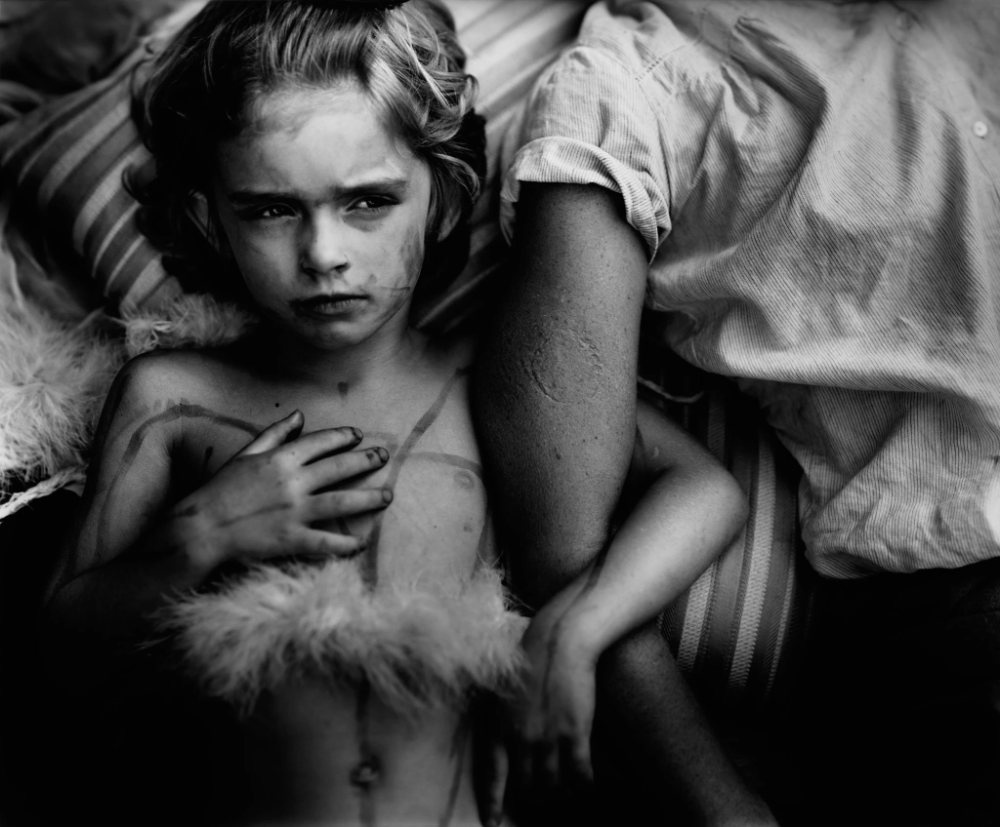Influences: On Photographers
“You are only as famous your source is obscure.”
Craig Stevens, SCAD Photo Professor
While attending the Savannah College of Art and Design, I had a professor who would often say to us: “You are only as famous as your source is obscure.”. Meaning that we all have a source to our inspiration. It’s how we take what and who we’ve been inspired by and make it our own. This idea has never left me. I’ve often thought about the impact years of studying photographers and their work had on me.
Here I share several of my early photography influences and why their work inspired and challenged me as I developed and discovered my own style.
SALLY MANN
The things that are close to you are the things you can photograph the best. And unless you photograph what you love, you are not going to make good art.”
Born and raised in the American South, I was immediately drawn to the familial landscape of Sally Mann’s images. But it would be her series, Immediate Family, that would captivate me. These intimate, provocative portraits of her children drew me in, like a secret window into the world of motherhood that was manicured or edited. I appreciate the vulnerability, boldness and rawness these images reveal.
From a young age, as I imagined myself a some day mother, Sally’s work inspired me to document my own children in a way unique to our family and the landscape where we made our home.
WILLY RONIS
"I have never sought out the extraordinary or the scoop. I looked at what complemented my life. The beauty of the ordinary was always the source of my greatest emotions."
I first discovered Willy Ronis by happenstance while in a bookshop in Berlin. I sequestered myself to the floor in a corner, where I took my time pouring over each page, taking in each image. Willy’s ability to capture a moment in time resonates with me. His street photography quickly began a favorite of mine. I appreciate his eye for seeing the beauty in the day to day. His images evoke joy, delight in simple pleasures and unguarded moments. Seeing Paris through his lens conveys romance, allure and a timeless quality that any great city should aspire to.
JULIA MARGARET CAMERON
“From the first moment I handled my lens with a tender ardour, and it has become to me as a living thing, with voice and memory and creative vigour.”
As an early pioneer and a giant in victorian photography, Julia’s work has from early on inspired me. Her hauntingly beautiful images of women with their long flowing hair and depth of gaze leave me wanting to know each of their stories. In a time when women were restricted in more ways that one, these evocative moments reveal an intimate side of women. I see both a softness that the feminine form possesses and a quiet strength, a knowing in the tilt of the head.
To think, at this time photography was a new tool to express oneself. I also appreciate the playful quality to her images. I can image these women coming together, laughing and exploring ideas as they change poses and positions.. maybe trying on different clothes. This thought brings a smile to my face. I feel a connection, and find a kindred spirit in her.
HENRI CARTIER BRESSON
My passion has never been for the photography “in itself,” but for the possibility - through forgetting yourself - of recording in a fraction of a second the emotion of the subject, and the beauty of the form; that is, a geometry awakened by what’s offered. The photographic shot is one of my sketchpads.
No single photographer has influenced me more than Henri Cartier Bresson. A founding member of the renowned agency Magnum Photo, he is responsible for the term “the decisive moment” and was a sharply insightful critic and observer. He was a master of candid photography and pioneered the genre of street photography.
His images give a nod to his early work as a painter and writer as he evolved in the 1920s & 30s. Looking at his images, I can see the undertones of surrealism. He understands space, light, texture while also his keen awareness of capturing a moment in a fraction of a second.
In his book, The Mind’s Eye, he writes this: Manufactured or stages photography does not concern me. and if I make a judgement it can only be on a psychological or sociological level. There are those who take photographs arranged beforehand and those who go out to discover the image and seize it. For me the camera is a sketch book, an instrument of intuition and spontaneity, the master of the instant which, in visual terms, questions and decided simultaneously. In order to “give a meaning” to the world, one has to feel oneself involved in what one Frances through the viewfinder. This attitude requires concentration, a discipline of mind, sensitivity, and a sense of geometry. To take photographs is to hold one’s breath when all faculties converge in the face of fleeing reality. It is at that moment that mastering an image becomes a great physical and intellectual joy.
To take photographs means to recognize - simultaneously and within a fraction of a second - both the face itself and the rigorous organization of visually perceived forms that give it meaning. It is putting one’s head, one’s eye, and one’s heat on the same axis.













